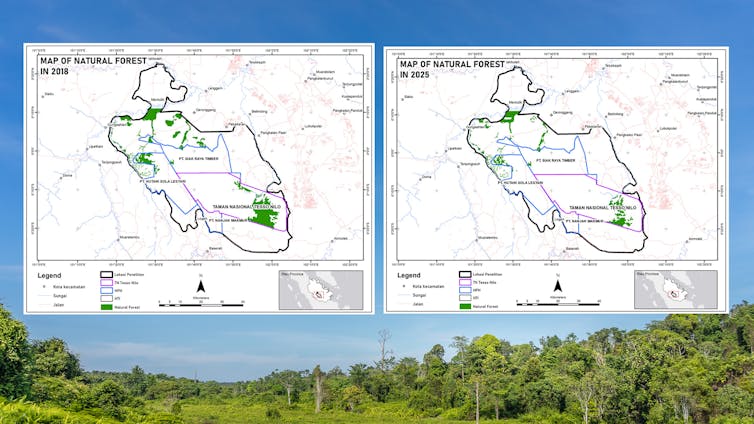Lots of people believe in Bigfoot and other pseudoscience claims – this course examines why
- Written by Craig A. Foster, Professor and Chair, Department of Psychology, State University of New York College at Cortland

References
- ^ Uncommon Courses (theconversation.com)
- ^ systematic process of evidence-based inquiry (sciencecouncil.org)
- ^ pseudoscience (press.uchicago.edu)
- ^ hand-picking anecdotes (aiptcomics.com)
- ^ developing a set of beliefs (plato.stanford.edu)
- ^ promoting irrelevant research (skepticalinquirer.org)
- ^ ignoring contradictory information (press.uchicago.edu)
- ^ believing in unsubstantiated conpiracies (doi.org)
- ^ motivated reasoning (doi.org)
- ^ group polarization (doi.org)
- ^ flat-Earth (blogs.scientificamerican.com)
- ^ creationism (global.oup.com)
- ^ Bigfoot and other cryptozoology ideas (skepticalinquirer.org)
- ^ psychic ability (skepticalinquirer.org)
- ^ conversion therapy (www.apa.org)
- ^ anti-vaccination (cup.columbia.edu)
- ^ astrology (www.nature.com)
- ^ ghosts (skepticalinquirer.org)
- ^ climate change denial (cup.columbia.edu)
- ^ Skeptical Inquirer (skepticalinquirer.org)
- ^ example I recently published (skepticalinquirer.org)
- ^ relied on YouTube (theconversation.com)
- ^ friends (doi.org)
- ^ authoritative-sounding sources (doi.org)
- ^ avoiding helpful, safe vaccines (doi.org)
- ^ useful discussions about the problems presented by climate change (cup.columbia.edu)
- ^ reasonable, intelligent people promote pseudoscience (centerforinquiry.org)
- ^ want to reach a particular conclusion (www.jstor.org)
- ^ join communities that collectively promote pseudoscience (doi.org)
- ^ Philosophy of Pseudoscience: Reconsidering the Demarcation Problem (press.uchicago.edu)
- ^ Massimo Pigliucci (massimopigliucci.org)
- ^ Ben Radford (benjaminradford.com)
- ^ Susan Gerbic (skepticalinquirer.org)
- ^ facilitated communication (www.facilitatedcommunication.org)
- ^ become less vulnerable (doi.org)
Authors: Craig A. Foster, Professor and Chair, Department of Psychology, State University of New York College at Cortland





